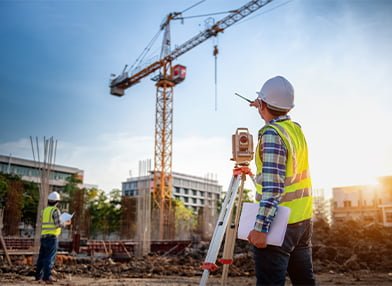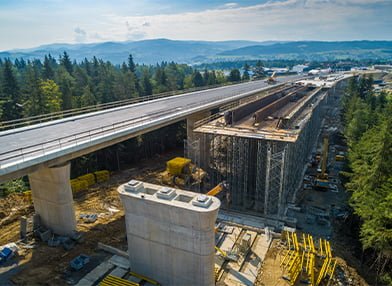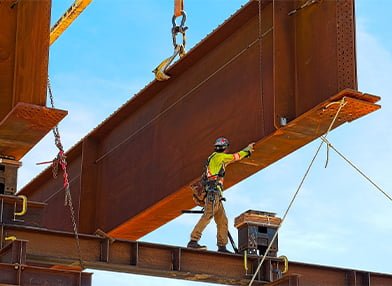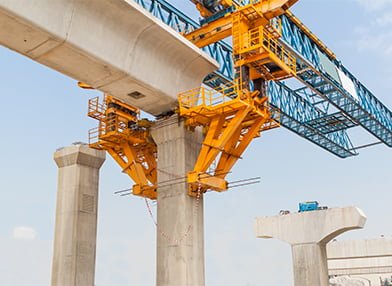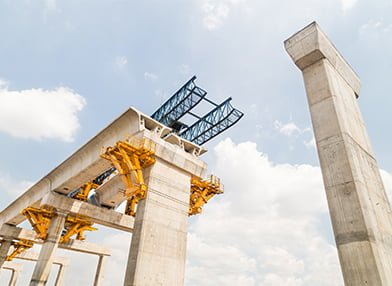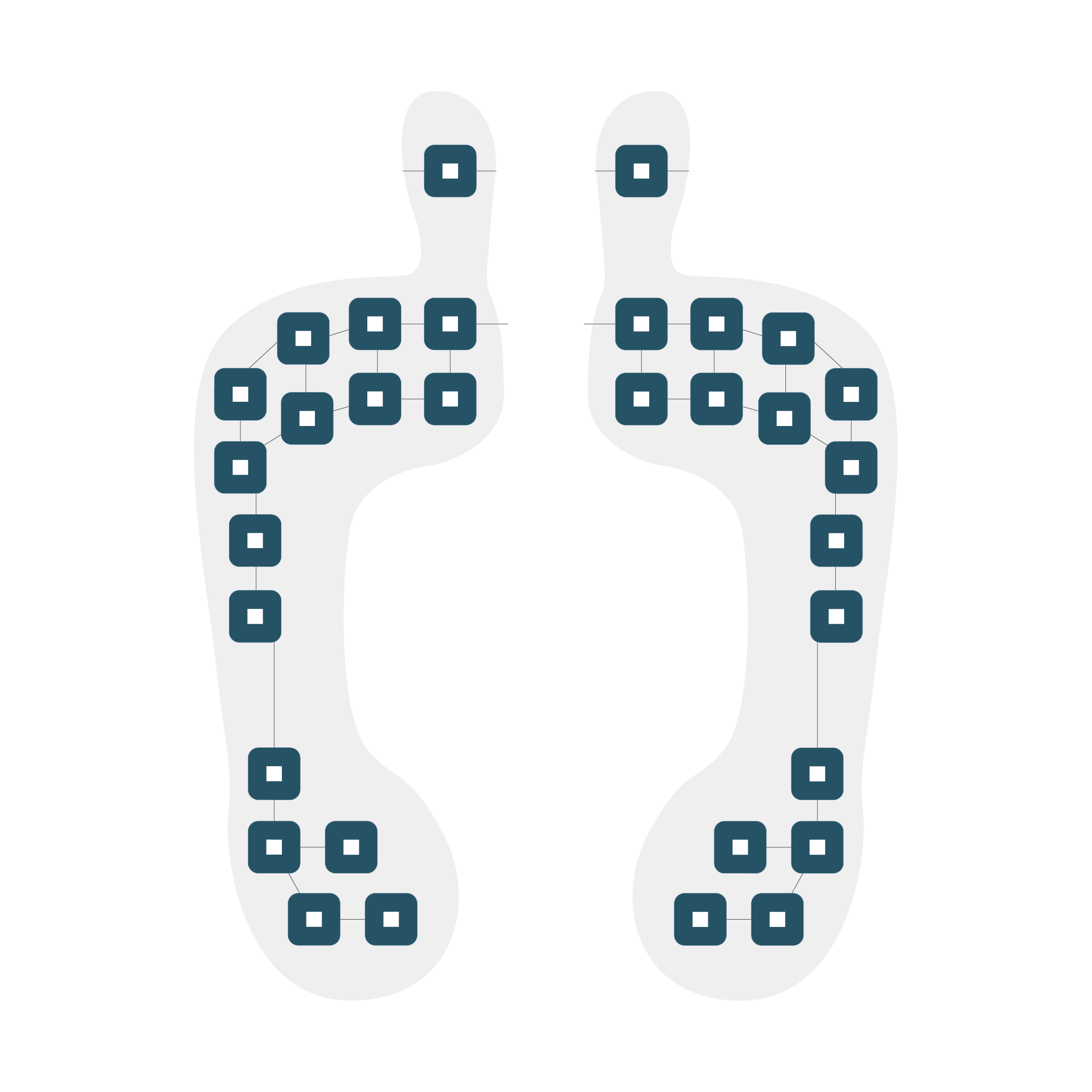Constructions and Civil Engineering
On-site insights in real-time through accurate structural health and condition monitoring
Urbanization is intensifying swiftly; growing cities demand more infrastructure, consume more energy, and produce more waste. To combat this, IoT smart sensors are increasingly used to gather data, monitor and grant insights. They are placed on industrial sites, buildings and developing infrastructure. From vibration analysis for structural health to wireless sensor networks for environmental monitoring, our cities are becoming ever smarter and connected

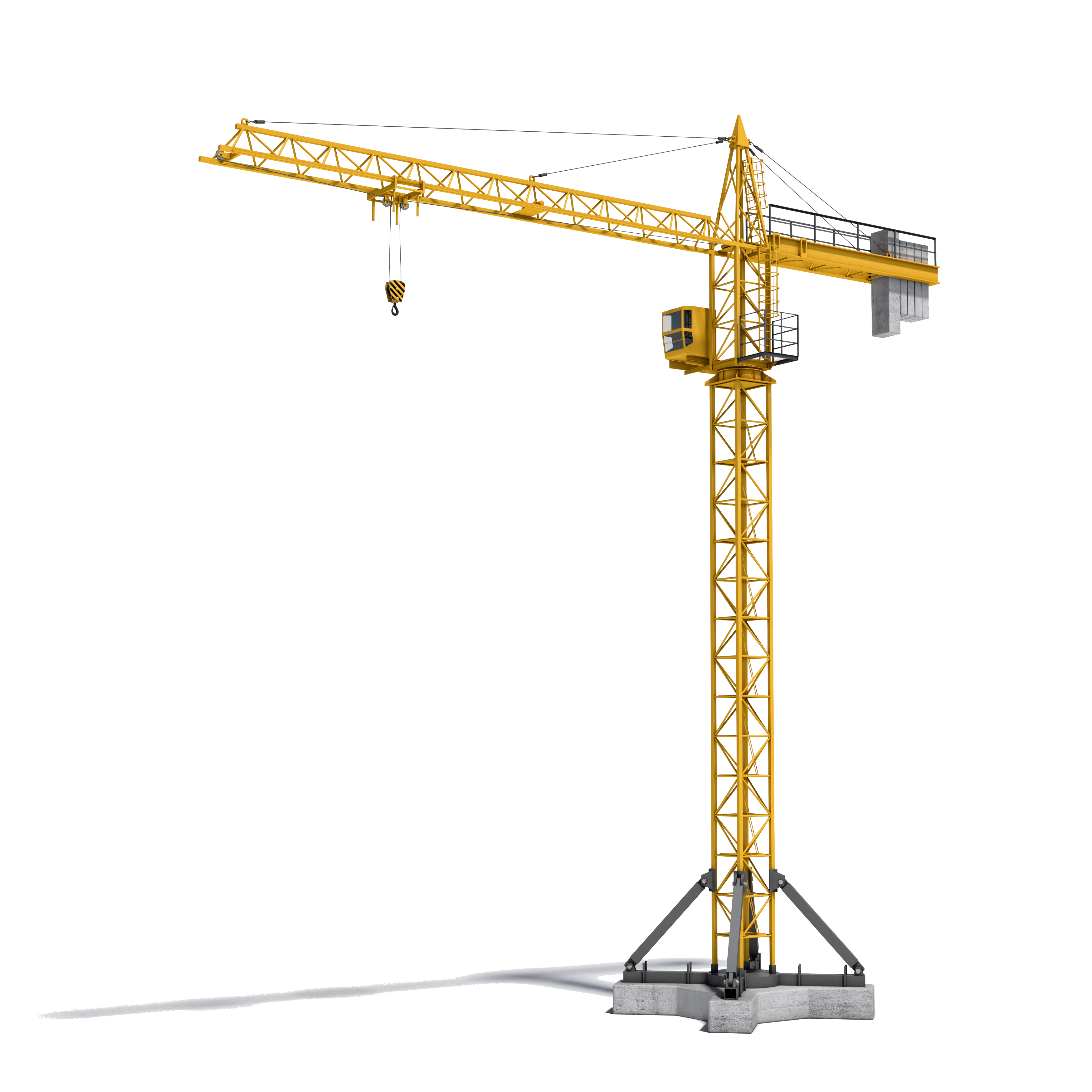
Inertial sensors for structural health monitoring
Structures must be closely monitored for possible risks that may arise. Intelligent wireless sensors are especially effective for such monitoring as they forecast patterns before they become critical complications. In this way, IMUs help to ensure a safer environment while saving both time and money
Condition monitoring sensors collect data on variables that include deformation, excessive vibration, growth, crack development, and load conditions. These inertial sensors then provide this information in real-time for large-scale condition monitoring.
Insightful Data Processing Algorithms
Data processing algorithms allow interpretation at the sensing node, right where vibrations are created. They use embedded machine learning models and automated labeling of events and patterns to allow on-device sensor data analytics. Moving intelligence to the edge helps in offloading the network from costly, large streams of data. It also enables low power consumption as it transmits only interpreted information, real-time alerts and selected events instead of raw data. The improved power efficiency is an important step toward energy harvesting for self-sufficient IMU.
Case Study
Take a look at our case studies based on your research or business needs. Learn more about how our smart sensing solutions have helped our customers achieve their goals and revolutionize their industry.
IoT-Enabled Prefabricated Concrete Modules
Gruppo Centro Nord manufactures prefabricated concrete modules offsite and delivers them to the construction site, where they are slotted together to create the final infrastructure. This Proof of Concept (PoC) sought to perform continuous monitoring of infrastructural degradation to predict, and consequently, avoid triggering phenomena that would accelerate deterioration. Monitoring would be done by attaching Muse IMU sensors to the modules to identify and evaluate these events.
Advanced Insights for Structural Health Monitoring
Condition monitoring sensors and sensor fusion software are revamping construction and civil engineering projects by delivering advanced insights that enhance safety, efficiency, and structural integrity. These technologies play a pivotal role in monitoring, optimizing, and maintaining infrastructure across various applications.
In seismically active regions, inertial sensors are invaluable for seismic monitoring. They assess a structure’s response during earthquakes, enabling engineers to quickly identify potential damage and ensure buildings meet safety standards. This real-time data supports more informed decision-making in disaster-prone areas.
For aging infrastructure, sensor fusion software combined with historical data provides detailed structural retrofitting insights. AI-driven analysis recommends effective upgrades to extend the lifespan of bridges, buildings, and other critical assets, ensuring long-term resilience and cost-effective repairs.
Enhancing Safety and Sustainability with Inertial Sensors
On construction sites, IMU sensor fusion optimizes machinery usage by tracking equipment performance and operation. This minimizes downtime, improves efficiency, and reduces maintenance costs, ensuring projects stay on schedule and within budget. Moreover, these sensors support worker safety by integrating into wearable devices, detecting incidents such as falls or collisions, and enabling rapid emergency responses. These safety solutions, when linked to smart personal protective equipment (PPE) systems, further strengthen accident prevention efforts.
Additionally, inertial sensors contribute to energy efficiency monitoring in smart buildings. By evaluating vibrations and thermal performance, they help detect inefficiencies in heating, cooling, and structural energy use. This sensor data informs engineers and facility managers to effectively optimize building operations, lowering energy consumption and operational costs.
Their ability to deliver accurate, actionable insights supports safer, smarter, and more sustainable infrastructure development.
Check out the other
solutions we offer
Fields where our systems have been applied
